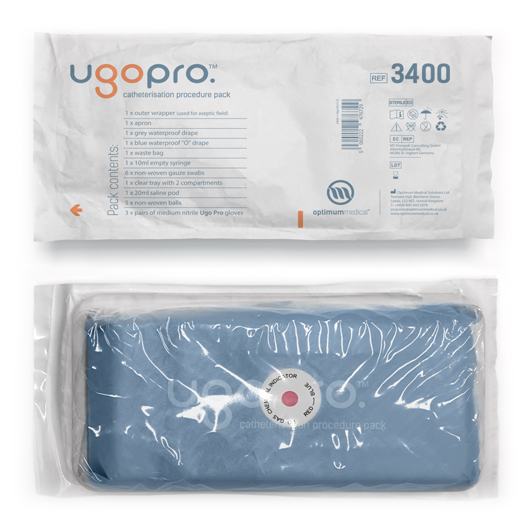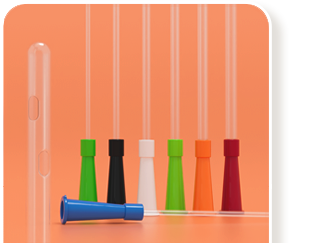Intermittent urine catheters are regarded as being safer than any other kind of long-term urinary catheter because they lower the risk of infection. However, it is still possible for some bacteria to enter your body via your catheter, which in turn has the potential to cause urinary tract infections (UTI’s). Therefore, it’s very important to be as safe as possible.
Fortunately, creating a catheter routine is not too difficult. It involves developing consistent practices until they are accepted as the norm, much like anything else.
Empty your bladder between four and six times a day
This is especially important for protecting you from infection. Maybe try to set an alarm to ensure that you go at regular intervals.
Go to the toilet first thing in the morning and last thing at night
Most people spend a lot of time sleeping without using the toilet. It’s crucial to use the toilet before sleep and as soon as you wake up in order to avoid an overfull bladder. Kickstarting your day at the same time will help you maintain your routine.
Map your day
The best thing about self-catheterisation is that you still have the freedom to go about your day. However, before you begin your day, it is worth looking at how your plans may affect your ability to catheterise.
For example, how near will the toilet be during your day? Will there be enough breaks during the day to comfortably catheterise? Don’t worry, these things will soon become second nature to you as you adjust.
Keep a diary on how often you’re going and when
During your first few weeks of using self-catheterisation you might find it helpful to keep a diary on paper so you can visualise your routine. This can also be useful for your healthcare provider, so that they can review your behavior and offer advice if you need it!
Do not allow your bladder to get too full
Every now and then, measure the amount of urine you pass to make sure that you’re not overfilling your bladder. If you feel like you’re taking too long to drain your bladder, you might want to check with your healthcare provider that you’re going to the toilet often enough.
Remaining hygienic
Sometimes UTIs can’t be avoided, but for the most part, maintaining a good hygiene routine will reduce the risk of them occurring.
You should always:
· Wash your hands thoroughly before and after catheterisation
· Clean your genital area using a disposable wipe or moistened towelette
· Dispose of catheter as instructed
Although the procedure of self-catheterisation itself is safe, complications can occur, especially for patients performing self-dilation for longer periods. Some pain and blood may occur especially in the beginning due to irritation of the mucous membrane of the urethra. If symptoms persist, consult a Healthcare Professional.
It may take a while to adjust to your new routine, just remember it will get easier with time. You should never feel embarrassed or afraid to speak to your healthcare provider about any issues you might be having with your catheter – it’s their job to provide you with care and support.
If you’re still struggling with your current products, our Product Specialists are also here to offer product advice and our Vyne Nursing Team can be on hand to support as well, email enquiries@optimummedical.co.uk or give us a call on 0113 263 3849.
Want to find out more about ISC?
Written by our Nurse Specialist Valerie Ward



